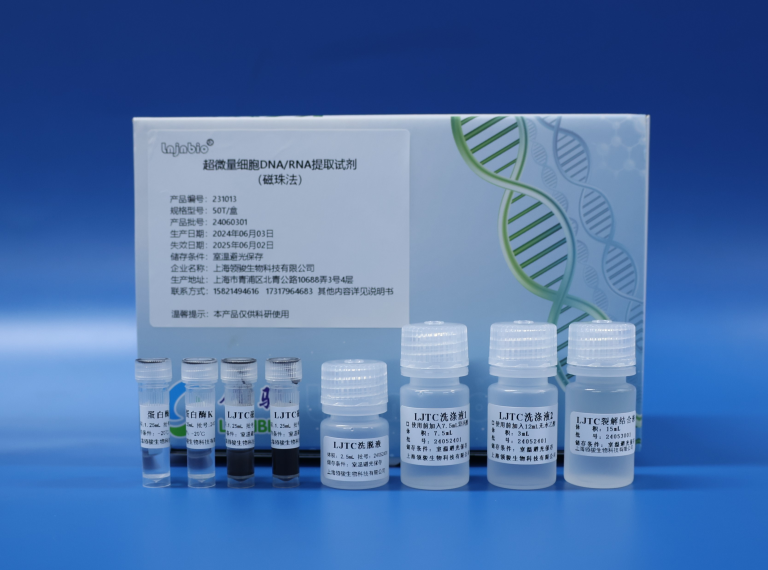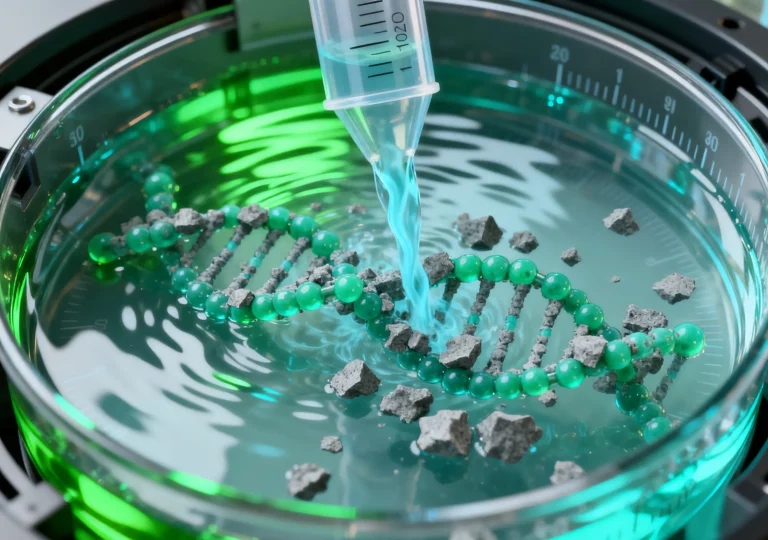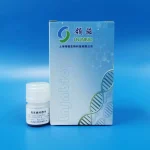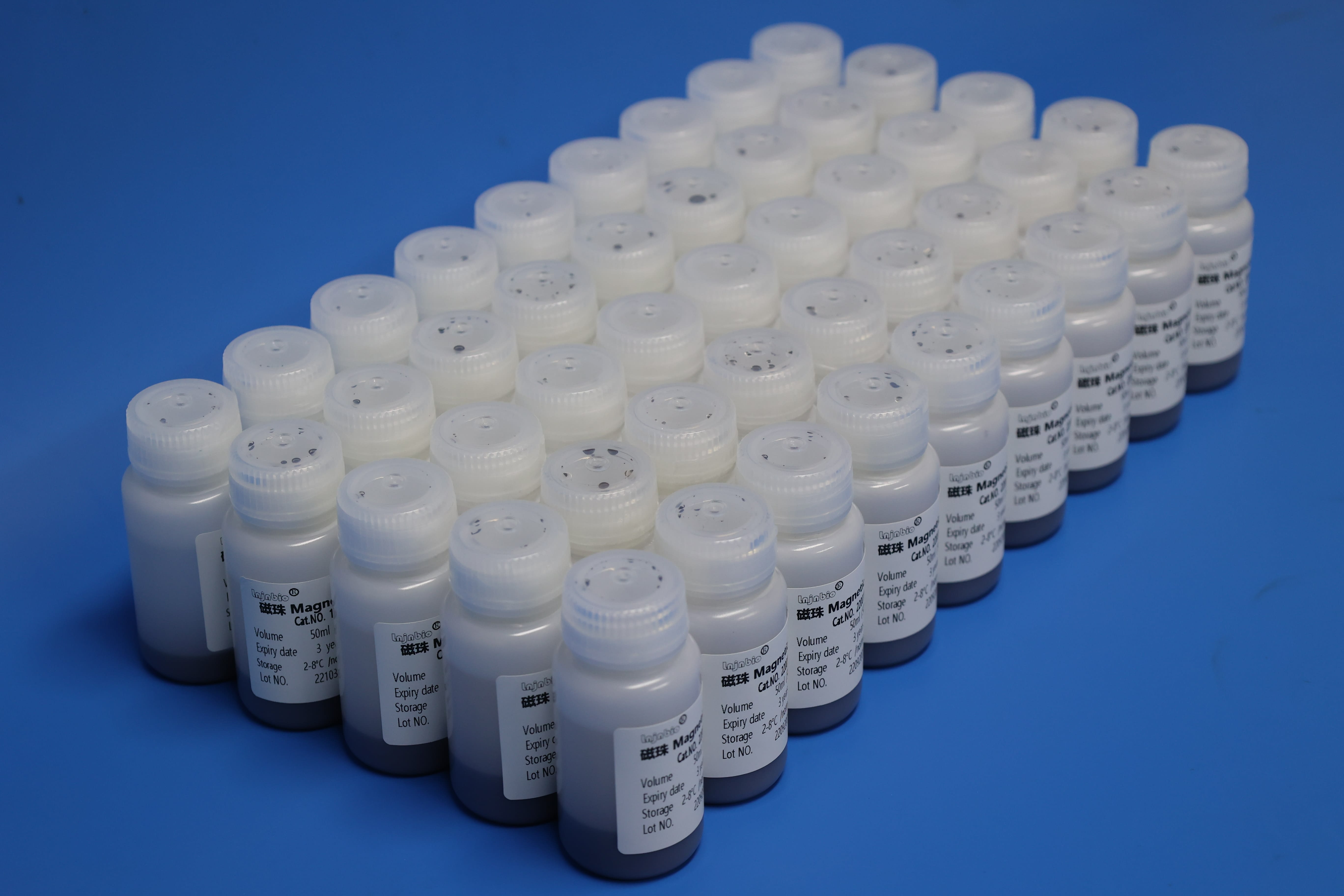Professional Manufacturer of Biomagnetic Beads

`What is the differences between monodisperse and polydispersemagnetic beads?
The core distinction lies in the uniformity of particle size distribution, which directly leads to significant differences in their performance and applications:
Core Definitions:
Monodisperse Magnetic Beads: Exhibit a very narrow particle size distribution. Typically, their coefficient of variation (CV) is less than 5% (ideally even below 3%). This means the beads are nearly identical in size.
Polydisperse Magnetic Beads: Exhibit a broad particle size distribution. Their CV is significantly greater than 5%, usually ranging from 10%-30% or higher. This means bead sizes vary considerably, showing a continuous distribution from small to large.
Detailed Performance Differences:
Separation/Capture Efficiency & Specificity:
Monodisperse: Size uniformity enables higher, more reproducible separation efficiency and specificity.
All particles exhibit nearly identical magnetic response speed in a magnetic field; settling/migration behavior is synchronized, reducing the risk of target loss or non-target co-capture.
Surface modification (e.g., antibodies, affinity ligands) density and uniformity are higher and more consistent, improving binding efficiency and specificity to targets (cells, proteins, nucleic acids, etc.).
Excellent batch-to-batch consistency ensures high reproducibility in experiments or production.
Polydisperse: Size heterogeneity results in lower separation efficiency and specificity with higher variability.
Small particles have weak magnetic response and may fail to capture/separate effectively; large particles respond quickly but settle/migrate fast, potentially causing non-specific adsorption or co-precipitation.
Surface modification density varies significantly across different-sized particles, impacting binding capacity and consistency.
Batch-to-batch variations can lead to unstable results.
However, multi-dispersed beads also have their unique advantages:
1. Significant Cost Advantages
Simple Production Process:
Polydisperse beads are typically produced via co-precipitation or emulsion methods, which involve lower technical barriers and equipment costs. This makes large-scale production far cheaper than monodisperse beads (requiring precision techniques like microfluidics).
High Raw Material Utilization:
Broad size distribution allows for greater production tolerance, reducing waste and further lowering unit costs.
Applicable Scenarios:
Ideal for budget-sensitive high-throughput screening (e.g., epidemiological testing) or industrial-scale crude nucleic acid extraction (e.g., feedstock processing in biofuel production).
2. Strong Tolerance for Large-Sample Processing
Resistance to Impurity Interference:
The “gradient effect” from varied bead sizes adapts to complex samples (e.g., soil, feces, degraded tissues). Large beads rapidly settle to capture long nucleic acid fragments, while small beads adsorb short fragments/free nucleic acids, minimizing competitive binding by impurities.
Flexible High Loading Capacity:
Wide size distribution provides greater total surface area, enabling robust handling of fluctuating nucleic acid concentrations (e.g., very high/low loads) without precise bead-amount adjustments.
3. Rapid Capture and Dynamic Range Advantages
Fractionated Capture Efficiency:
Differential magnetic response speeds create a “time gradient”:
Large beads (>1 μm): Rapid sedimentation, preferentially capturing long DNA fragments/host genomic DNA.
Small beads (<200 nm): Slow migration, efficiently adsorbing short RNA/free nucleic acids.
Applicable Scenarios:
Extracting multiple nucleic acid types simultaneously (e.g., total nucleic acids) or processing degraded/fragmented samples (e.g., FFPE tissues, archeological specimens).
4. Performance Optimization in Specialized Scenarios
High-Viscosity Sample Handling:
Irregular aggregates form a “filtration net effect” in viscous liquids (e.g., sputum, whole blood), enhancing nucleic acid capture rates.
Size-Selective Extraction:
By tuning surface modifications (e.g., silanol density):
Large beads → selectively bind long DNA (>10 kb).
Small beads → enrich short nucleic acids (miRNA, cfDNA).
5.Typical Application Scenarios
| Scenario | Key Advantages |
| Environmental Monitoring | Low-cost processing of high-impurity wastewater/soil samples; resistant to inhibitors (e.g., humic acids). |
| Multiple Samples Extraction | Whole blood, serum/plasma, tissues, environment, animals and plants, various body fluids, etc |
| Agricultural Genomics | Large-scale crude extraction from plant tissues; compatible with polyphenol/polysaccharide-rich samples. |
| POCT Rapid Diagnostics | Simplified process lowers kit costs, meeting grassroots screening needs. |
| Industrial-Scale Nucleic Acid Production | Stable performance in continuous-flow bioreactors; resistant to mechanical shear. |
Supplier
Shanghai Lingjun Biotechnology Co., Ltd. was established in 2016 which is a professional manufacturer of biomagnetic materials and nucleic acid extraction reagents.
We have rich experience in nucleic acid extraction and purification, protein purification, cell separation, chemiluminescence, and other technical fields.
Our products are widely used in many fields, such as medical testing, genetic testing, university research, genetic breeding, and so on. We not only provide products but also can undertake OEM, ODM, and other needs. If you have a related need, please feel free to contact us .






